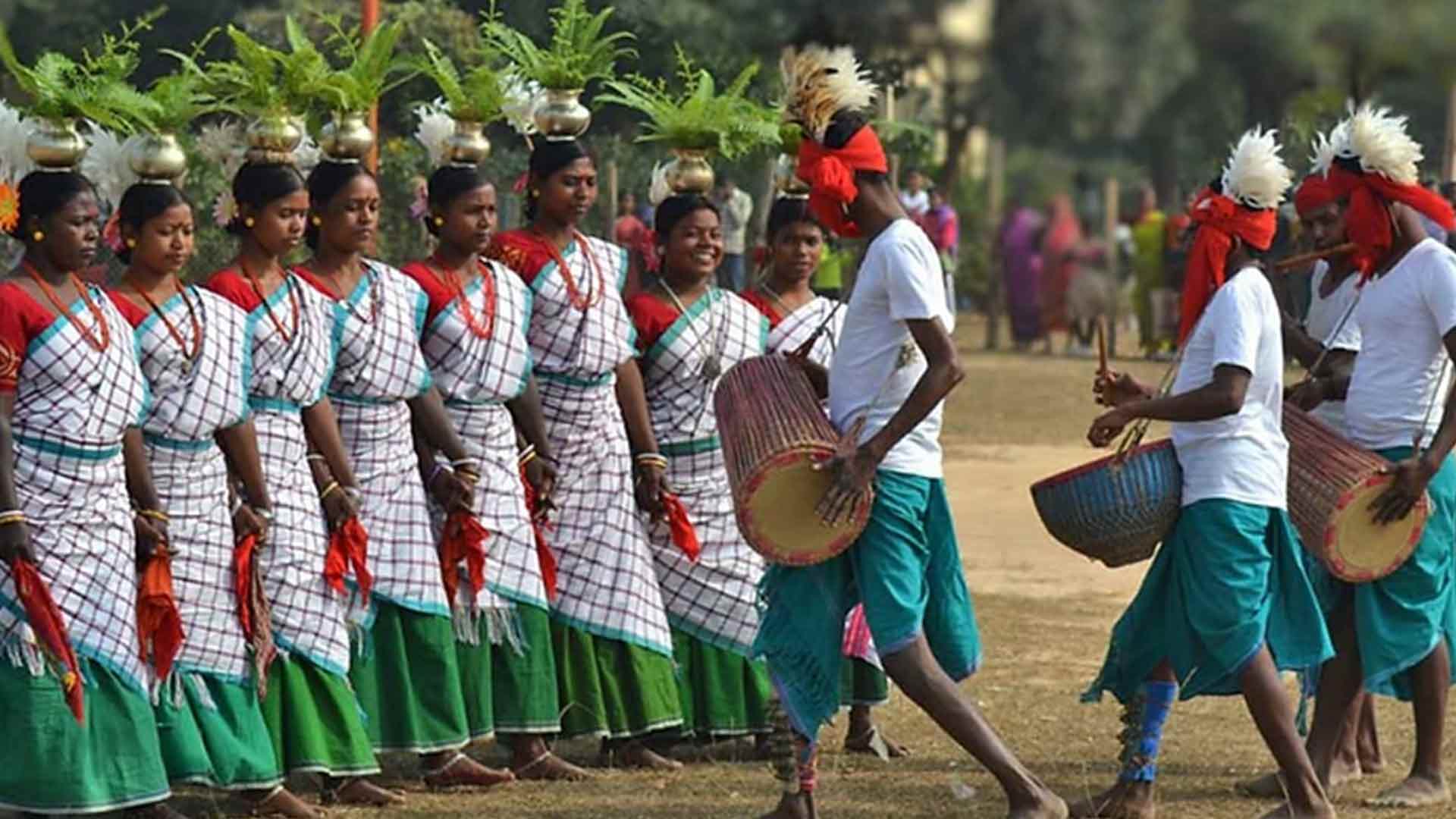Munda is a prominent tribe in India and the subcontinent. The term ‘Munda’ initially referred to the village chief, but the Mundari word mudra means people and humanity. The Mundas identify themselves as Kolarian, Aryan East, Dravidian East, Proto-Ostloid, etc., but no precise information about their ancestry is available. It is believed that their Hindu neighbours gave them the name “Munda,” but their original name is unknown.
The Mundas are believed to be of Austro-Austrian origin. Family members whose origins lie in southern China. Many scholars have offered different views on the migration of the Mundas from southern China to India, the most notable and accepted being that of migration theorist Stephen Fuchs. He said the Mundas travelled north from southern China over the Himalayas. which them
It crosses Himachal Pradesh and Nepal and brings it to mainland India. Linguistic studies The abundant presence of Munda dialects in the languages of Himachal Pradesh and Nepal lends great credence to this theory of Munda migration. The entry of the Mundas into the Indian subcontinent is considered to be much earlier than the Aryan speakers around the sixth century BC. They wandered here and there for some time at the beginning of their entry into the Indian subcontinent but later settled down on the Chhota Nagpur plateau in eastern India and established a permanent abode in later life.
In search of livelihood, spread to West Bengal, Chhattisgarh, Orissa and Bihar, Bangladesh. The ‘Mundas mainly speak two languages of the Austro-Asiatic language family, Mundari’ and ‘Sadri’. again
Apart from ‘Mundari’ and Sadari, many are also found to speak Anna, Balun and Gondani, which are also considered their own languages by the Mundas. Apart from these, Mundas also have special proficiency in Hindi, Bengali and other regional languages. However, they mainly use their own Munda language to communicate among themselves. The Mundas’ black-faced, chiselled bodies and close-cropped hair indicate a typical Indian tribal class. Still, in recent times, through the admixture of evolution, some of the Mundas have developed Indian Bengali characteristics.
‘Sarna’ is the Mundas’ own religion, where they worship nature and gods are divided into several categories. As the Supreme God is Sing-Bola Information Sun God. While Esing-honga is the supreme deity, other classes of deities include village deities, tribal gods, some wrathful deities and their ancestors. Sing-Bonga does not have a specific worship angle, but they are worshipped before meals and at times of extreme calamity. Bonga recalls. According to the Mundas, Singh Bonga is not an angry God (where they worship some extremely angry deity/nature).
“Munda population is divided into different tribes called Patar”, “Mahali”, and “Kampat Munda”. They are most comfortable living in their own villages in groups. Munda villages are mostly built on open land adjacent to tea gardens. The tea garden owners basically provided accommodation to the Mundas next to the tea garden to overcome the labour shortage in the tea garden, thinking that the mudra would be obliged to provide labour immediately whenever the garden needed workers. Usually, each Munda village is built with 50-100 houses. They call the village houses Orah. Orahs are basically close to their agricultural fields or tea plantations so that they can reach home very quickly from the fields as result of any severe natural calamity, so this approach is taken. Usually made of wood, bamboo, stone and mud, the walls and roofs of these ‘orahs are covered with palm leaves or other readily available materials to protect them from rainwater. Each village has a common place of worship, a ‘giti wah (astana), and a ‘gatiora’. In the puja house, the people of the village offer prayers in their most critical moments, and the young men and women of the village can spend the day in Giti Oraha, lying down, singing, and the traditional Munda culture education is also taught to the Munda men and women from Gatiora. There are places where stones surround an old tree with broad branches. Various meetings, court-Cialis, and dance-singing events are held in this arena. Munda families are basically patriarchal and joint families where the father is the head of the house, the worshiper, and the authority to make all the decisions.

